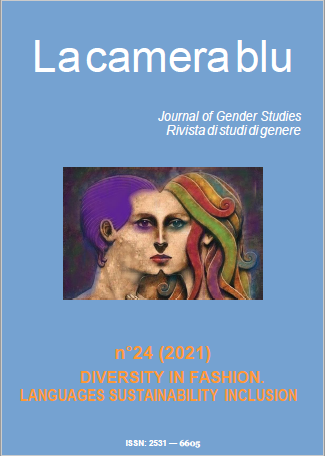What is behind a bride’s dress? Brides in Ancient Greece
DOI:
https://doi.org/10.6093/1827-9198/8922Keywords:
Greek women, Athens, Sparta, Gender studies, marriageAbstract
The bride’s preparation and her wedding dress used to have economic and social implications in Ancient Greece. This moment was an opportunity for the family to show their status. It also implied female solidarities between the two families. In this article, Athens and Sparta are compared (presented in confront). Two opposite cities understood the bride-preparing ritual in a very different way. Nevertheless, in both cases, the bride and her preparation were used to project civic values and the ideality of women. Brides are prepared carefully in an intimate environment. Providing them symbolic elements could make the transit from Parthenos to married women and to educators of the future citizens easier.
Downloads
Downloads
Published
How to Cite
Issue
Section
License
La camera blu is an open access, online publication, with licence CCPL Creative Commons Attribution 3.0 Unported


